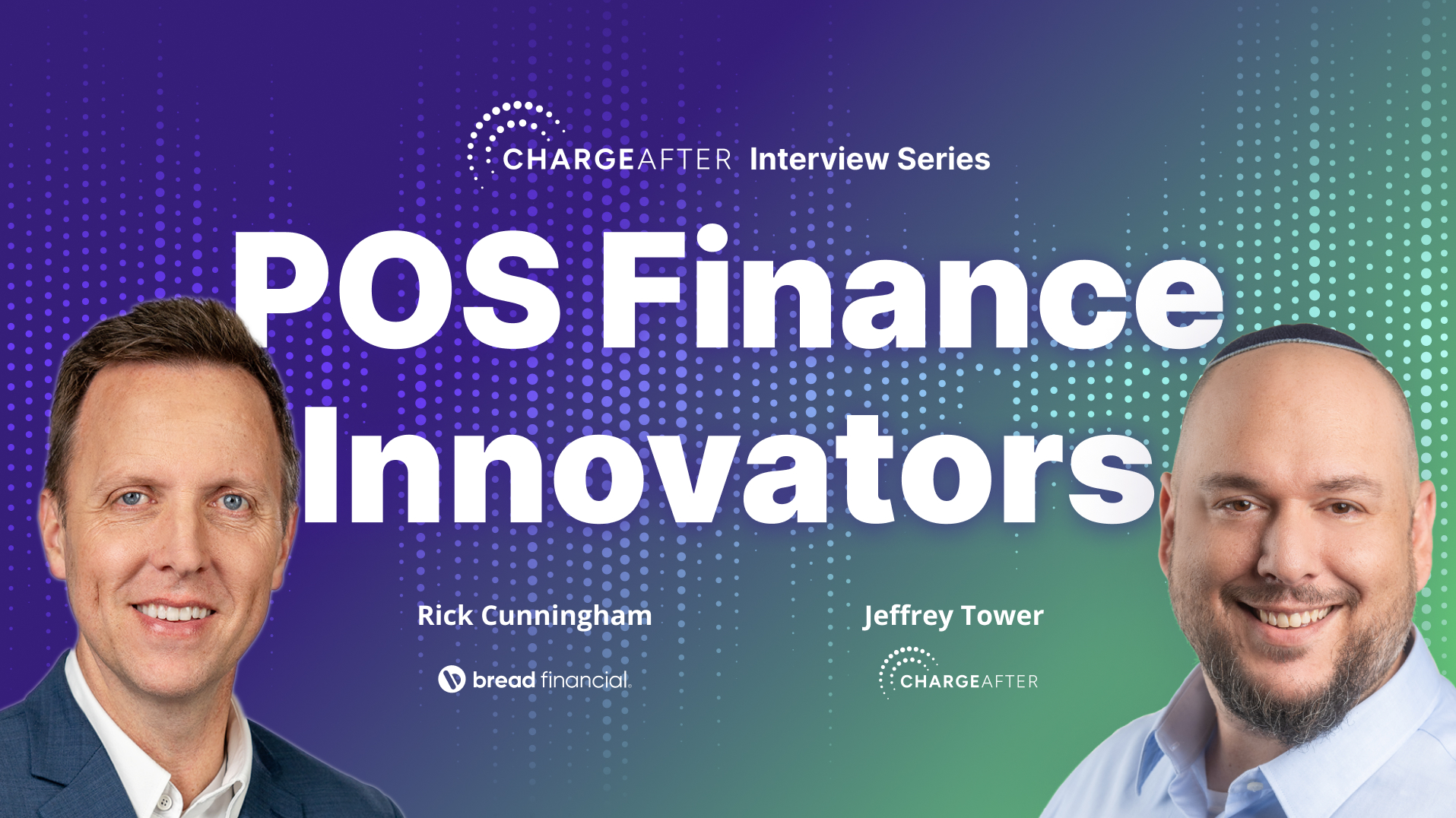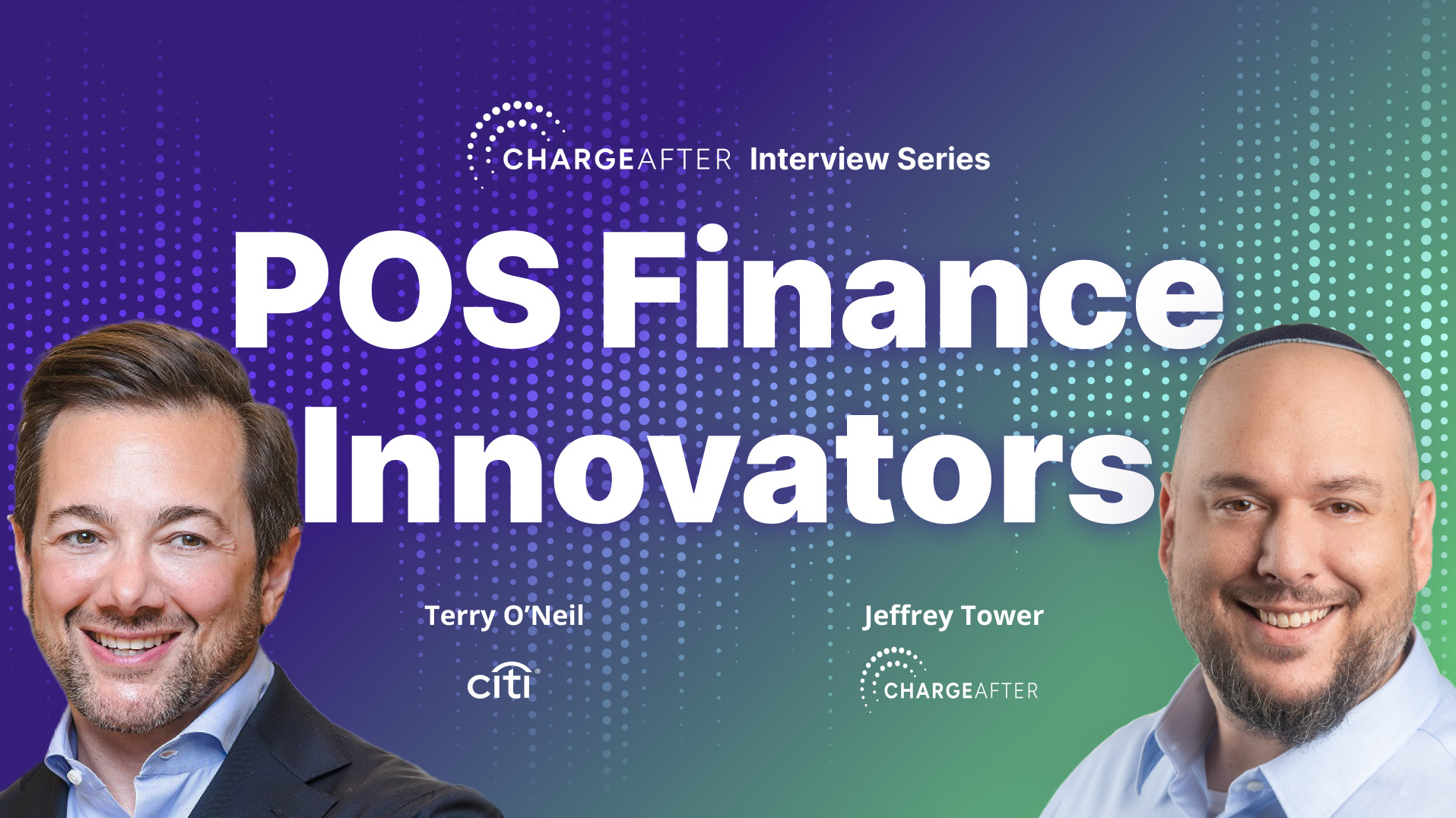In recent years, embedded finance has emerged as a transformative force within the financial services landscape. With consumers expecting seamless, integrated financial products directly within their purchasing experiences, banks and financial institutions (FIs) are increasingly recognizing the need to adopt scalable, customer-centric lending solutions. In my previous article, I introduced ChargeAfter’s Lending Hub as a key enabler of embedded finance. In this follow-up, I will provide a more technical deep dive, focusing on how the platform’s breadth of product offerings, streamlined merchant onboarding, and robust infrastructure are reshaping the way banks and FIs deliver lending solutions.
This article is designed to provide leaders in technology, product, and business with a comprehensive understanding of how ChargeAfter’s Lending Hub serves as a technology enablement layer, empowering banks to build closer relationships with both merchants and customers while remaining largely behind the scenes.
A technology enablement layer that brings banks closer to customers
At its core, ChargeAfter’s Lending Hub functions as a technology enablement layer. Rather than acting as an intermediary between banks and their customers, ChargeAfter empowers banks by providing the infrastructure and tools necessary to offer lending solutions directly at the point of need. This technology layer is virtually unnoticeable to the end consumer—a fully white-labeled solution that allows banks to retain ownership of the customer relationship, branding, and product configuration.
By remaining in the background, ChargeAfter enhances the bank’s ability to engage with merchants and customers more intimately. Banks can present themselves as the sole provider of financial solutions, while ChargeAfter’s platform handles the complexities of the lending process. This discreet enablement positions the bank as the hero in the eyes of the consumer, fostering stronger trust and deeper relationships.
A flexible, scalable infrastructure for embedded finance
ChargeAfter’s Lending Hub is built on a flexible, cloud-based microservices architecture designed to scale effortlessly as banks expand their lending offerings. The platform leverages Google Cloud Platform (GCP) for scalability, data security, and disaster recovery. With Kubernetes (Google K8S Engine) automating deployment processes, banks can ensure high availability and rapid recovery, even as their lending operations grow.
This scalability is crucial for banks aiming to deploy lending products across multiple channels, including eCommerce, in-store, and mobile applications. The platform’s infrastructure allows banks to offer a full range of lending solutions, including Buy Now, Pay Later (BNPL), revolving credit, private label credit cards, and installment loans from a single platform. Banks can easily integrate ChargeAfter’s APIs and SDKs into their existing systems, ensuring fast go-to-market (GTM) timelines for new financial products and their merchants.
MongoDB Atlas serves as one of the platform’s document databases, providing real-time monitoring, automated scaling, and advanced auditing capabilities. This allows banks to manage massive amounts of transactional data securely while ensuring compliance with global standards like PCI DSS, ISO 27001, ISO 27018, SOC and GDPR. ChargeAfter’s infrastructure supports seamless scaling, so banks can grow their lending programs with confidence, knowing that their data and operational integrity are protected.
A comprehensive suite of lending products
ChargeAfter’s Lending Hub offers a wide array of lending products, designed to meet the diverse needs of consumers and businesses alike. The flexibility of the platform allows banks to offer customized financial solutions, fully tailored to the unique requirements of each customer or merchant.
- Buy Now, Pay Later (BNPL): BNPL continues to be a key driver of consumer spending, allowing shoppers to split their purchases into manageable installments. With ChargeAfter’s BNPL solution, banks can offer flexible payment terms, either through debit/credit cards or card-free loans.
- Long and Short-Term Installments: ChargeAfter’s platform allows banks to provide new lines of credit within seconds, offering short or long-term installment options. Loan terms and eligibility are fully customizable, giving banks control over interest rates, payment periods, and underwriting criteria.
- Revolving Credit: ChargeAfter’s Lending Hub supports instant revolving credit with built-in installment features, enabling banks to acquire long-term relationships with consumers by offering flexible and adjustable credit lines.
- B2B Financing: ChargeAfter’s platform also extends to B2B financing, allowing banks to offer tailored loans and credit lines to business customers. This flexibility opens new revenue streams for banks and expands the scope of embedded finance beyond traditional consumer lending.
All of these products are fully white-labeled, ensuring that banks retain complete ownership of the customer relationship. ChargeAfter acts as the enabler, providing the underlying technology, while the bank appears as the sole provider of financial services.
Streamlined Mmerchant onboarding and integration
A key factor in the success of embedded finance is the ability to onboard and integrate merchants quickly and efficiently. ChargeAfter’s Lending Hub excels in this area by offering a wide range of Plug and Play eCommerce extensions for leading platforms, along with comprehensive API and SDK integrations. This flexibility enables merchants to integrate the Lending Hub into their existing eCommerce, POS, or ERP systems with minimal friction.
The merchant onboarding process is designed to be fast and seamless:
- Merchant KYC/KYB Compliance: Built-in compliance with Know Your Customer (KYC) and Know Your Business (KYB) standards ensures that banks and merchants can quickly authenticate their identities and maintain regulatory adherence.
- Sandbox Testing: Merchants can test the full functionality of the Lending Hub within a sandbox environment before going live, ensuring a smooth operational rollout.
- Omnichannel Integration: ChargeAfter supports omnichannel experiences, allowing merchants to offer financing options across multiple touchpoints, including in-store, online, and mobile. This seamless integration ensures that consumers can access financing options wherever they shop.
Once integrated, merchants gain access to a robust suite of tools, including real-time transaction tracking, post-sale chargeback management, and detailed analytics. These tools empower merchants to manage their lending programs effectively, providing a consistent and optimized financing experience to their customers.
Advanced data analytics and business intelligence
One of the standout features of ChargeAfter’s platform is its ability to offer advanced data analytics, providing banks and merchants with valuable insights into customer behavior, loan performance, and operational efficiency. By leveraging Power BI-based embedded analytics, banks can track key performance indicators (KPIs) across the entire lending lifecycle, from loan application to post-sale servicing.
Key analytical features include:
- Real-Time Dashboards: Banks and merchants can monitor system health, transaction data, and customer interactions in real-time, enabling them to make informed decisions quickly.
- Deep Consumer Insights: The platform tracks user behavior throughout the sales process, providing insights into how customers interact with lending products, which offers are most popular, and how well promotional campaigns are performing.
- Operational Efficiency Metrics: ChargeAfter provides detailed reports on the efficiency of lending programs, including approval rates, activation rates, and conversion rates. These insights allow banks to optimize their lending strategies, adjust underwriting rules, and enhance overall program performance.
The platform’s advanced analytics capabilities extend to both banks and merchants, offering full transparency across the lending ecosystem. By analyzing data at every stage of the lending process, banks can continuously refine their strategies, optimize their product offerings, and ultimately provide a better customer experience.
ChargeAfter: Empowering banks while remaining behind the scenes
Perhaps the most significant advantage of ChargeAfter’s Lending Hub is its ability to empower banks without overshadowing their role in the customer journey. As a technology enablement layer, ChargeAfter provides all the tools, infrastructure, and support banks need to deploy embedded lending solutions while staying out of the spotlight.
Banks maintain complete control over their branding, product offerings, and customer relationships. ChargeAfter’s white-label solution ensures that consumers perceive the bank as the sole provider of their financial services, building trust and loyalty. This approach allows banks to enhance their customer-centric strategies while leveraging ChargeAfter’s cutting-edge technology to manage the complexities of lending.
Conclusion
Embedded finance is no longer a trend—it’s the future of lending. ChargeAfter’s Lending Hub provides a robust, scalable solution for banks looking to offer customer-centric lending products directly at the point of need. With its flexible infrastructure, wide array of lending products, seamless merchant onboarding, and advanced analytics capabilities, ChargeAfter enables banks to enhance their customer relationships, optimize operations, and drive sustainable growth.
By acting as a technology enablement layer, ChargeAfter empowers banks to focus on what they do best—building deeper, more meaningful relationships with their customers—while handling the behind-the-scenes complexity of the embedded finance ecosystem. The future of lending is here, and with ChargeAfter’s Lending Hub, banks are poised to lead the way.
About Jeffrey Tower
EVP Global Business Development and Strategy
Jeff has over 20 years of experience driving revenue through building global brand awareness, business development, marketing, and sales departments focused on consumer financing, fintech, and eCommerce.













